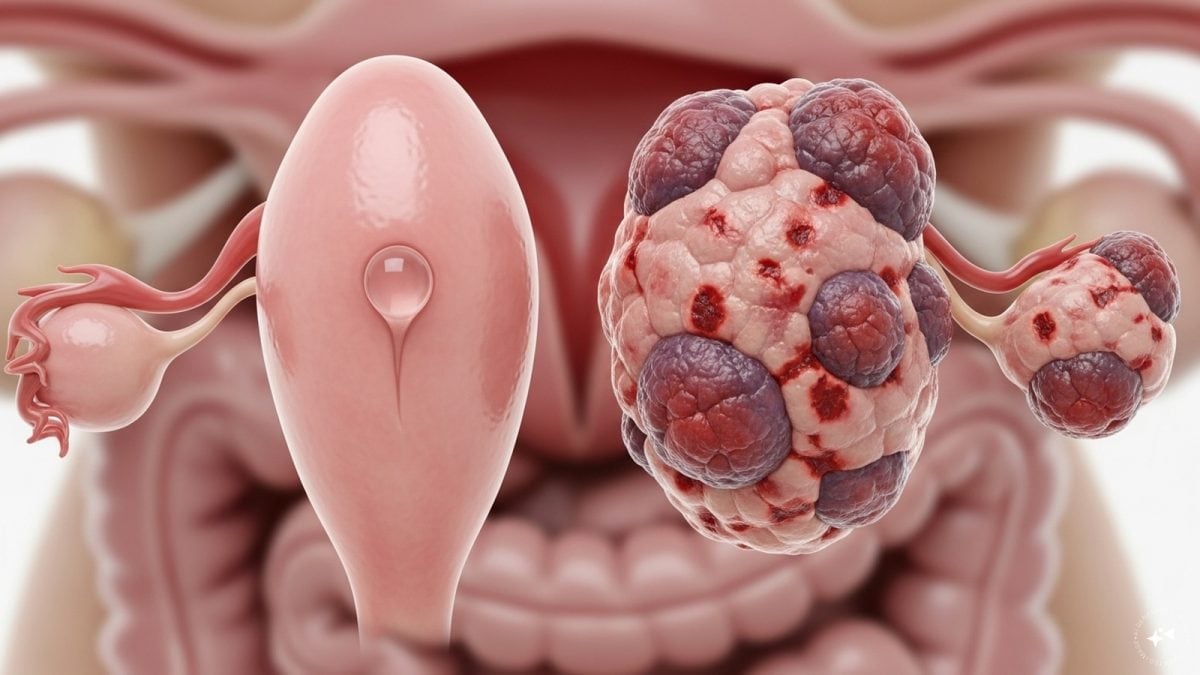As we age, our eyes become weaker and develop problems. While some of these problems can be prevented with timely intervention, others may require surgery before you can regain perfect vision. Read on to know about the most common age-related eye problems.
1. Presbyopia
Most of us will need reading glasses by the time we turn 40. The reason: presbyopia. [caption id=“attachment_7579211” align=“alignleft” width=“380”]  Representational image. Image source: Getty Images.[/caption] Presbyopia is a common eye problem which develops gradually with age but we often fail to notice it before we hit our forties. In presbyopia, it becomes difficult for us to see objects that are near us or are in small print. People living with presbyopia often experience headaches or fatigue. It can be easily managed with reading glasses.
2. Floaters
Ever noticed small spots or freckles that seem to float in front of your eyes when you are out in the sun, facing a bright light or looking at a white paper? These spots are known as floaters. Floaters are common but a big floater can block your vision. Floaters typically appear in different types of lights. They may look like cobwebs, grey dots or threadlike structures. In reality, they are just small flecks of collagen. These flecks are part of the vitreous, a gel-like substance at the back of the eyes. With age, these collagen fibres shrink to shreds, form a cluster and cast shadows on your retina - which you see as floaters. Floaters are common and you can learn to live with them with time. You should contact your doctor if you begin to see flashes.
3. Tearing
Tearing can happen because of sensitivity to light, dust, wind or temperature changes. However, the most common reason for tearing is underdeveloped or blocked (due to inflammation) tear ducts. When the tear ducts are blocked, tears can’t find a way to roll down from the eyes and build up in the tear sac. Stagnant tears can increase the risk of eye infections.
4. Dry eyes
Dry eyes is a condition in which your eyes don’t produce enough tears or produce low-quality tears. The most common symptoms of dry eyes are burning sensation in the eyes, sticky mucus around the eyes, redness in the eyes, sensitivity to light, blurred vision and watery eyes. Dry eyes are more common in older people. The condition can lead to complications like eye infections, eye inflammation, corneal abrasions, corneal ulcers and vision problems making it difficult to perform daily tasks. Daily use of a humidifier can help. Surgery might be needed in severe cases.
5. Cataract
Clouding of a normal and clear lens is known as a cataract. It blurs vision and makes it almost impossible to see things. Cataracts grow slowly with time, affecting a small area of the lens initially. You may not even notice it initially but as it grows, it starts affecting your vision. The common symptoms of a cataract are blurred vision (especially at night), sensitivity to light, seeing halos around lights and double vision in a single eye. Cataract surgery is a safe and effective way to regain one’s vision.
6. Glaucoma
Glaucoma is caused due to increased pressure in the eye and can lead to blindness if not treated early. Other than ageing, diabetes and medications can also lead to glaucoma. It can also be hereditary. It has no early warning signs and it proceeds so slowly that the patient doesn’t even notice the change in vision until they enter the advanced stage. Glaucoma is a common cause of blindness in people over the age of 60. It can be treated with eye-drops, laser treatment and surgery.
7. Eyelid problems
The eyelids protect our eyes from dust, light and various external harmful agents. With age, our eyelids can develop problems like pain, scaling, itching, or sensitivity to light - usually as a result of other diseases. Depending on the cause, eyelid problems can be treated with medicines or surgery. Prevention is always better than cure. So whether you have developed an eye problem or not, going for timely screenings and health check-ups can save you from many problems. Health articles in Firstpost are written by myUpchar.com, India’s first and biggest resource for verified medical information. At myUpchar, researchers and journalists work with doctors to bring you information on all things health. For more information, please read our article on Eye Disorders_._


)

)
)
)
)
)
)
)
)



